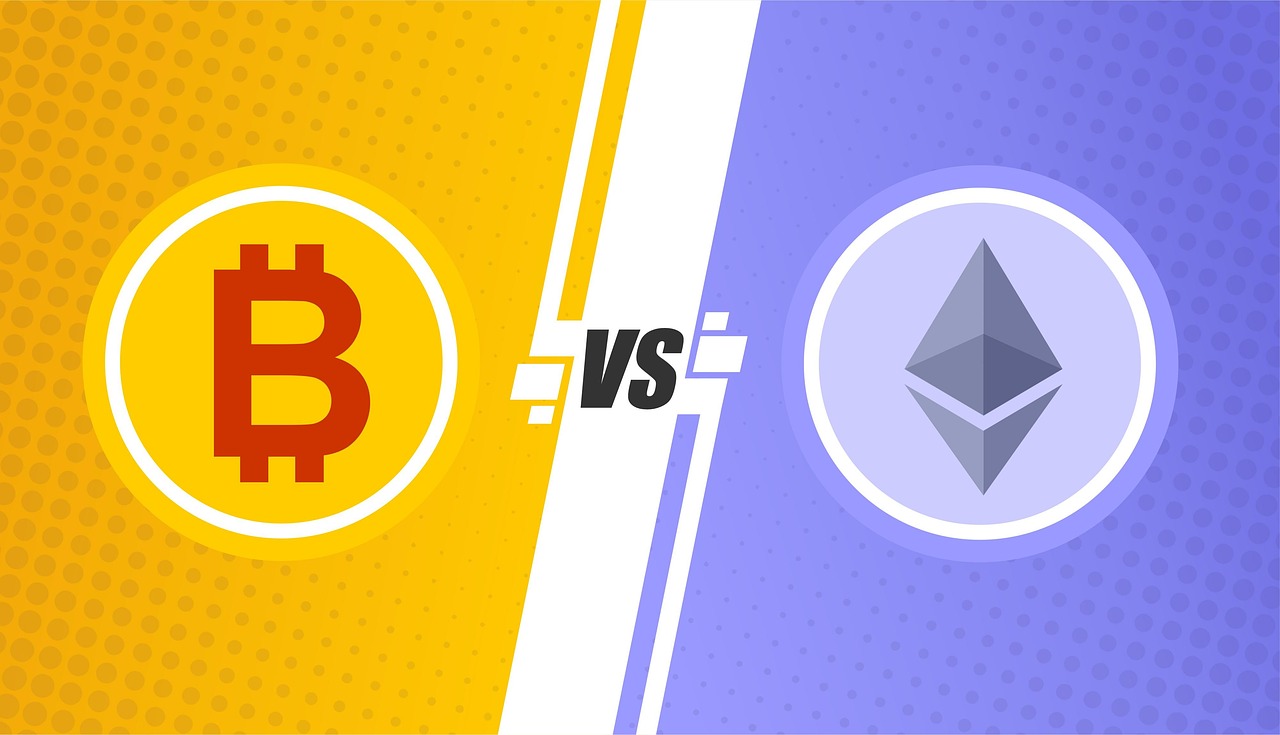Introduction
Day trading—buying and selling financial assets within the same day—has long attracted both full-time traders and hobbyists looking to make quick profits. In 2025, this strategy has evolved with the rise of cryptocurrencies and innovations in stock trading platforms.
But which is better in 2025: day trading crypto or day trading stocks?
This blog post explores both strategies in detail, comparing profitability, volatility, accessibility, tools, regulations, and risk levels. By the end, you’ll know which method better suits your trading goals in today’s fast-paced financial landscape.
What Is Day Trading?
Day trading refers to buying and selling financial assets like stocks or cryptocurrencies within the same trading day. The objective is to profit from short-term price movements using technical analysis, market news, and fast execution.
Day trading requires:
Constant market monitoring
A strong grasp of price charts
Risk management strategies
Speed and precision
In 2025, both crypto and stock markets offer real-time trading, automated tools, and advanced analytics for day traders.
A Brief Overview: Stocks vs. Crypto in 2025
Feature Stocks Cryptocurrency
Market Hours 9:30 AM–4:00 PM (Mon–Fri) 24/7
Volatility Moderate High
Liquidity High (for blue-chip stocks) High to very high
Regulation Strict (SEC, SEBI, etc.) Emerging regulations, decentralized
Risk Level Lower Higher
Leverage Limited by brokers High (up to 100x on some exchanges)
Taxation Structured Country-dependent, evolving
Pros and Cons of Day Trading Crypto
Pros
24/7 Trading
Crypto markets never sleep. You can trade any time—weekends and holidays included.
High Volatility = High Profit Potential
Crypto prices can swing 10–30% in a day. This opens massive profit (and risk) windows.
Low Entry Barrier
You can start trading crypto with as little as $10 using platforms like Binance, KuCoin, or Coinbase.
Access to Leverage
Many crypto exchanges offer 5x to 100x leverage, allowing greater exposure.
Decentralized Finance Tools (DeFi)
Automated trading bots, smart contracts, and liquidity pools increase strategic possibilities.
Cons
Extremely Volatile
While volatility can create gains, it also causes unexpected losses.
Security Concerns
Wallet hacks, exchange rug pulls, and phishing scams are still risks.
Limited Regulation
In many countries, crypto is either unregulated or inconsistently taxed.
Lack of Fundamentals
Unlike stocks, crypto assets rarely have earnings reports or valuation metrics.
Pros and Cons of Day Trading Stocks
Pros
Stable Regulation
Stock markets are tightly regulated by agencies like the SEC (USA), SEBI (India), etc.
Fundamental Support
Public companies provide financials, earnings calls, and news that help assess value.
Lower Volatility
Compared to crypto, price swings in stocks are more predictable and manageable.
Wide Toolset
Top platforms like Robinhood, Zerodha, Webull, and TD Ameritrade offer robust charting and analytics.
Cons
Limited Trading Hours
Most markets are open only during weekdays. No trading during nights or weekends.
PDT Rule (U.S. Traders)
Pattern Day Trader rules restrict day trading unless you hold over $25,000 in your account.
Slower ROI
Due to lower volatility and leverage, returns can be slower compared to crypto.
Brokerage Fees and Delays
Some platforms still charge fees or suffer from latency during high activity.
Key Comparisons in 2025
- Volatility
Crypto: Often sees 10–50% swings within hours.
Stocks: Moves are smaller; 1–5% is common unless there’s major news.
Winner: Crypto (for risk-tolerant traders)
- Accessibility and Hours
Crypto: Trade 24/7 globally with just an internet connection.
Stocks: Restricted to market hours unless using extended trading sessions.
Winner: Crypto
- Regulation and Security
Stocks: Fully regulated, offering strong investor protections.
Crypto: Still evolving with fragmented or unclear regulatory frameworks.
Winner: Stocks
- Tools and Platforms
Stocks: Legacy platforms are upgrading with AI, social trading, and mobile UX.
Crypto: Cutting-edge features, decentralized bots, and Web3 integrations.
Winner: Tie – depends on user preferences
- Profitability Potential
Crypto: High risk = high reward. A 5x return in a single day is possible but rare.
Stocks: More stable, but opportunities are slower unless trading penny stocks or options.
Winner: Crypto (if you can manage risk)
- Learning Curve
Stocks: Easier for beginners, especially with regulated brokers and known companies.
Crypto: Complex due to wallets, DeFi protocols, and tokenomics.
Winner: Stocks
Real-Life Examples
Crypto Example (2025)
A trader buys $SOL at $65 and sells at $72 within 6 hours. That’s a 10.7% gain in one day.
Leverage traders using 5x might see 50%+ ROI—but also risk liquidation if prices fall slightly.
Stock Example (2025)
A trader buys NVIDIA (NVDA) stock at $850 and sells at $870 the same day. That’s a 2.3% gain. With margin trading, this could stretch to 4–5% but with more capital.
Platforms for Day Trading in 2025
For Crypto
Binance
Bybit
KuCoin
OKX
Kraken
Uniswap (for DeFi traders)
For Stocks
Robinhood (US)
Zerodha, Upstox (India)
Interactive Brokers
TD Ameritrade
Webull
Each offers different fees, tools, and compliance depending on your country.
Taxes and Regulations: A Growing Concern
In 2025, taxation laws have tightened for both assets:
Crypto: Most countries now treat crypto profits as capital gains, with varied short-term and long-term rates.
Stocks: Standard capital gains apply, with clean documentation via brokers.
Ensure you’re using a tax tracking app like Koinly (crypto) or ClearTax (stocks in India) to comply with laws.
Risk Management for Day Traders
Regardless of the asset, here are tips to minimize loss:
Use Stop-Loss Orders
Always define how much loss you can tolerate.
Set Daily Loss Limits
Walk away after a certain amount is lost to avoid emotional trading.
Avoid Overleveraging
More leverage = higher risk. Use with caution.
Diversify
Don’t trade only one coin or stock.
Stay Informed
Use news alerts and sentiment tools like TradingView or CoinGlass.
Which Strategy Wins in 2025?
The “winner” depends entirely on your personality, risk appetite, capital, and trading style.
Trait Crypto Day Trading Stock Day Trading
Risk Tolerance High Moderate
Time Availability Full-time or 24/7 Daytime or part-time
Technical Knowledge Web3, DeFi, charts Fundamental + technical
Starting Capital Low Moderate to high
Regulations & Tax Evolving Well-defined
Speed of Returns Fast Stable
Conclusion
Both crypto and stock day trading have unique advantages and risks in 2025.
If you’re a tech-savvy, high-risk trader seeking explosive gains, crypto trading might be your best bet.
If you prefer stability, regulation, and established financials, stock trading offers safer long-term potential.
In reality, many traders diversify into both. The key is to start small, learn continuously, and never risk money you can’t afford to lose.



